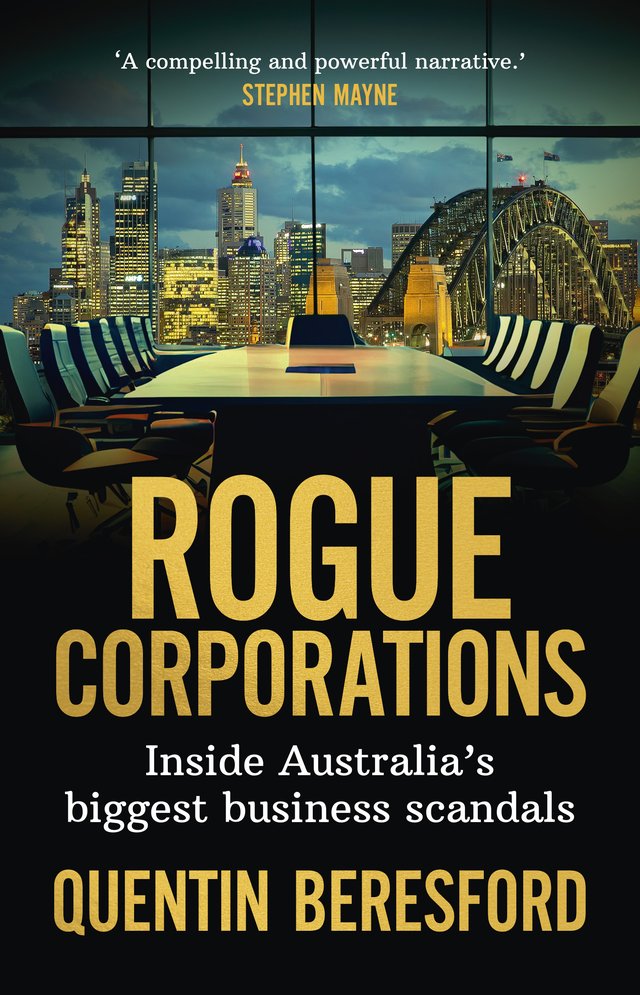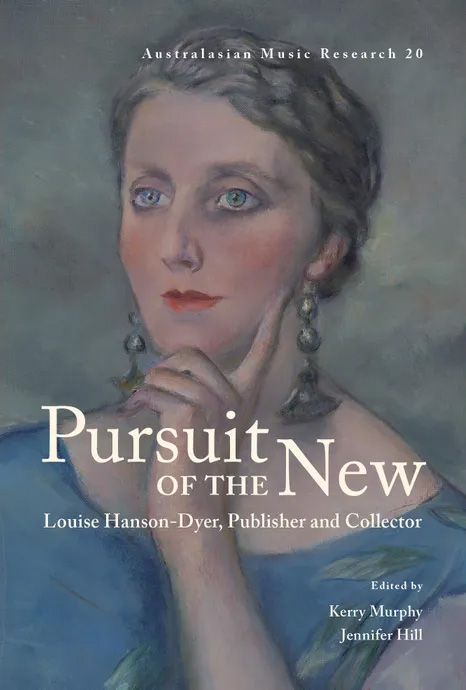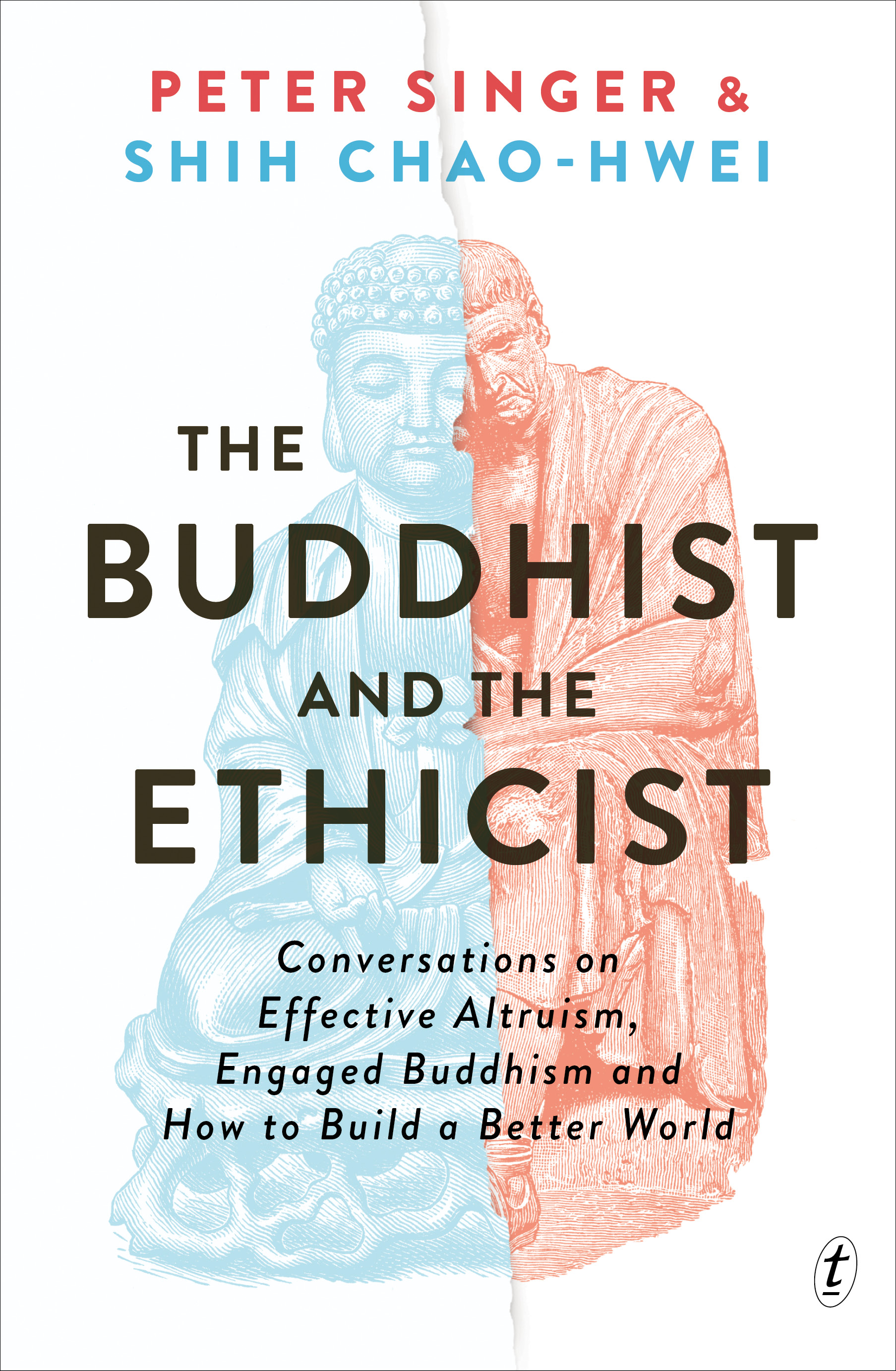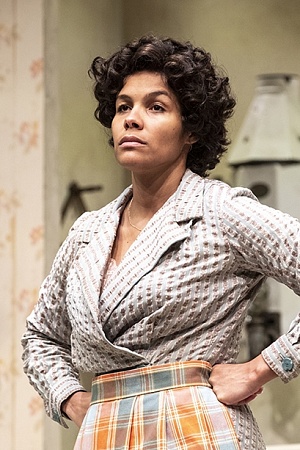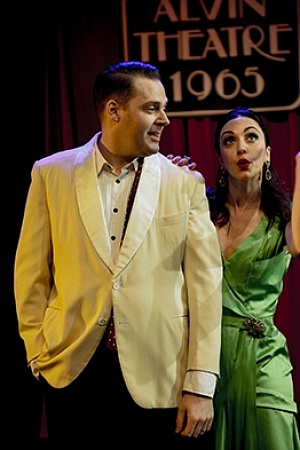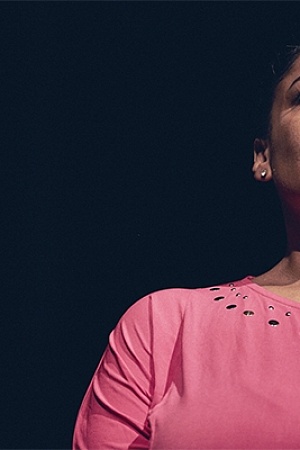Death of a Salesman
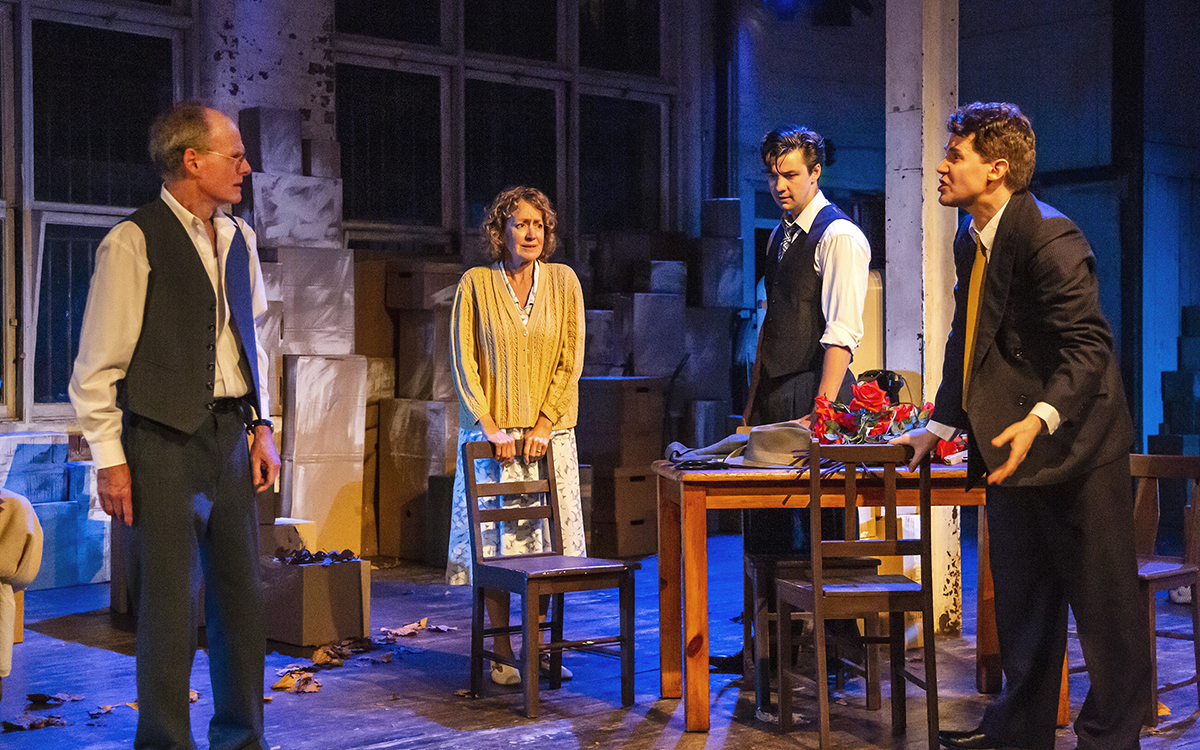
Since its première in 1949, Arthur Miller’s Death of a Salesman has managed to cling to cultural relevance with a vice-like grip. In 1975, New York Times critic Walter Goodman saw in its evocation of the American middle class the perfect representation of a nation-wide recession following the Vietnam War. In 1984, the play’s titular salesman, Willy Loman, became the symbol of a dwindling middle class under Ronald Reagan. And in Mike Nichol’s 2012 Broadway revival, Charles Isherwood transformed Loman into the perfect everyman for the Great Recession. That same year, Simon Stone staged an innovative adaptation of Miller’s masterpiece for Sydney’s Belvoir Theatre. It was Stone’s decision to have his actors speak in Australian accents rather than the conventional Brooklyn dialect that seemed to pry the play from its American origins. In the program notes for the show, Stone describes this choice as an attempt to map how the American Dream is inflicted on ‘the countries that weren’t even part of the invention of that dream; it was just thrust down their throats’ (Stone’s other choice to cut the play’s epilogue was quickly stamped out by the Miller estate).
Continue reading for only $10 per month. Subscribe and gain full access to Australian Book Review. Already a subscriber? Sign in. If you need assistance, feel free to contact us.


